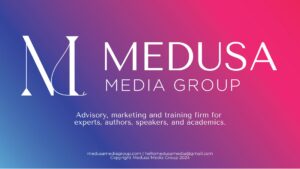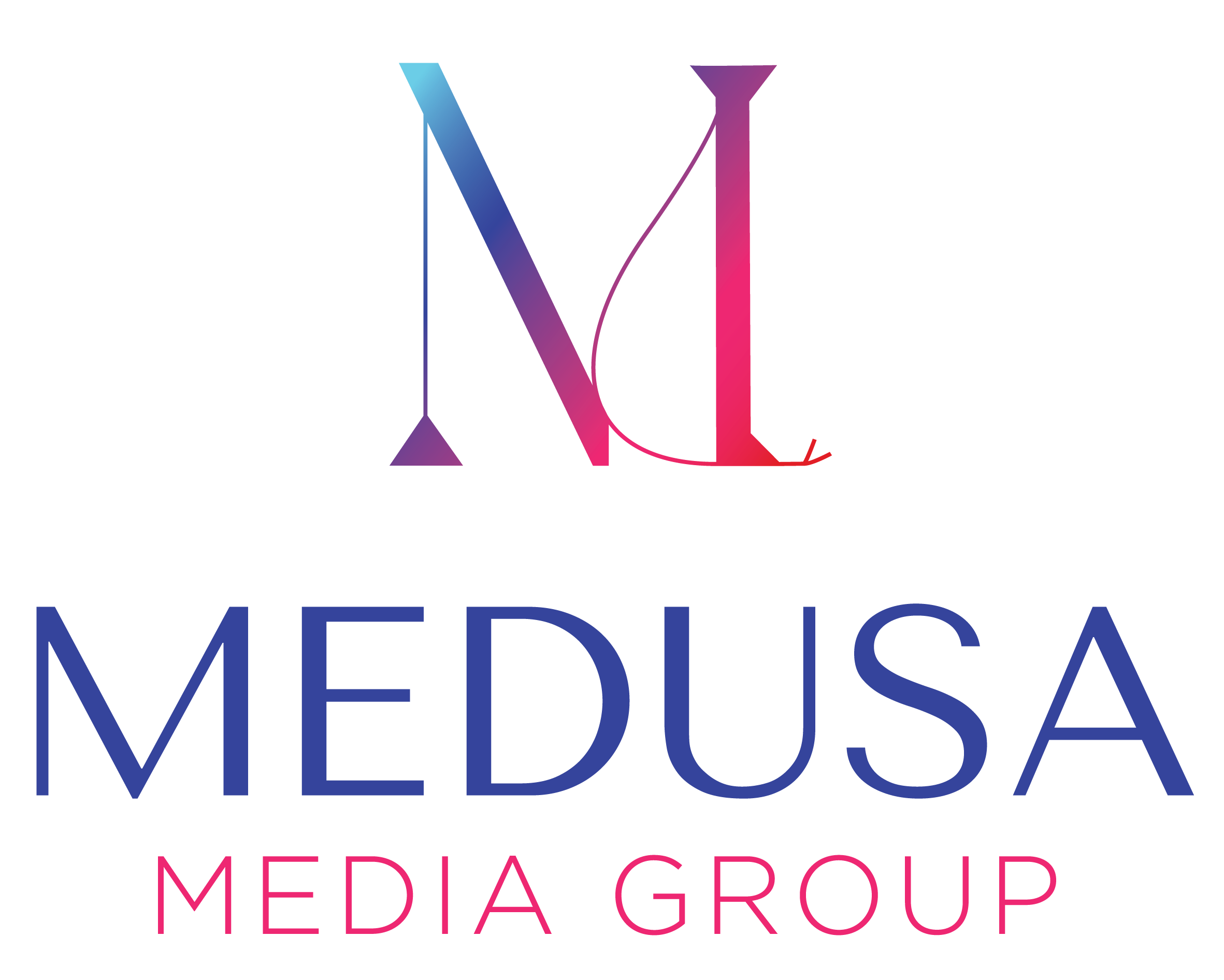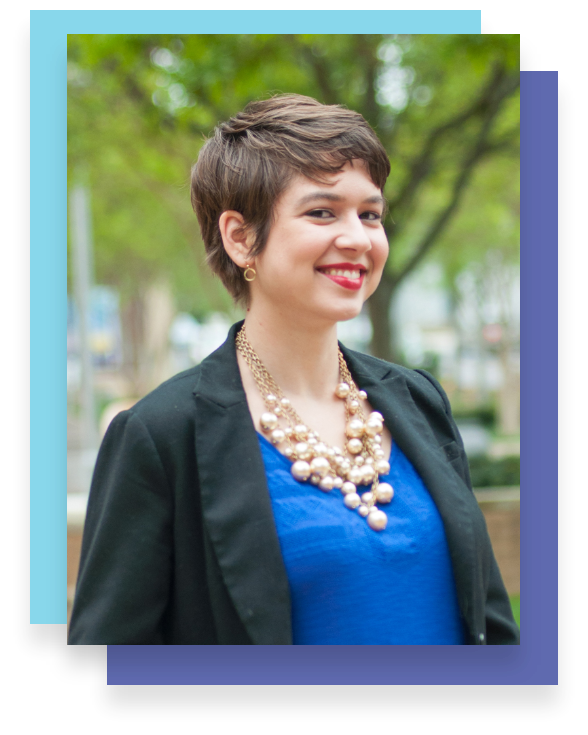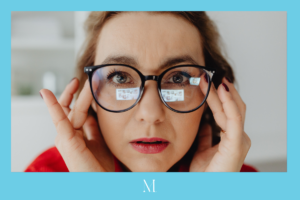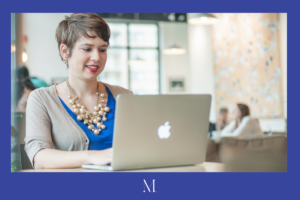
How do you stay organized?
There are zillions of methods to organize madness. Some include elaborate cubby-hanging-file-drawer-organizer kits by Elfa, some involve the alphabet or color coding, some include filing cabinets, folders or envelopes. When it comes to digital files, it can be trickier. You can’t physically handle any of these items, so it’s a matter of figuring out a system that doesn’t waste your time or confuse you (this is a conversation for another post).

My current system involves colorful folders and manila envelopes*. Folders I use often – my “bank” folder (checkbook, receipts, credit card info), “donations” (charitable solicitations to address), and “mail” (stamps, return address stickers), live in an open shelf. Other folders and manilas live in a closet shelf, and contain documents such as yearly tax information, personal identification documents, travel memorabilia, etc.
I’m reading Donna Smallin Kuper’s Get Organized Secrets of Professional Organizers Volumes 1-3 at the moment, and her conversation with Denslow Brown stood out. Brown points out that
“Our industry rightly thinks that a great file system has file folders, a file drawer, labels, and hanging files, and may be color-coded and include action files and all that. But if a conventionally thinking organizer or friend set up this kind of file system for our unconventional thinker, the likelihood of their being able to find something in that system and particularly to return items to it, or add a new file into the system is not good, because it doesn’t synch with how they think. An unconventional alternative (one among many) that’s worked with some of my clients is to have two boxes under the desk and a shelf someplace. They have one box for things that are critical, legally and financially, and a box for things that they care about that aren’t critical. When they are finished with something, they toss it in one of those boxes. When it’s time to prepare taxes or when the boxes are overflowing, it’s much easier to sort through the box and find what they need…
Another really huge part is getting to know how people function best. Is it visual? Is it auditory? Is it kinesthetic? Is it from their intuition? Is it by using their cognitive skills? Or is it really (for another person) all about emotions and how things connect and why they matter? These are all really different lenses through which different clients perceive their stuff and perceive why they do things the way they do.
This makes sense – everyone is different! Some will adore a plethora of carefully labeled folders, others prefer two boxes for quick filing. Point is, there’s no best and worst, or best for you. Have you figured one out? What works for you? What doesn’t?
